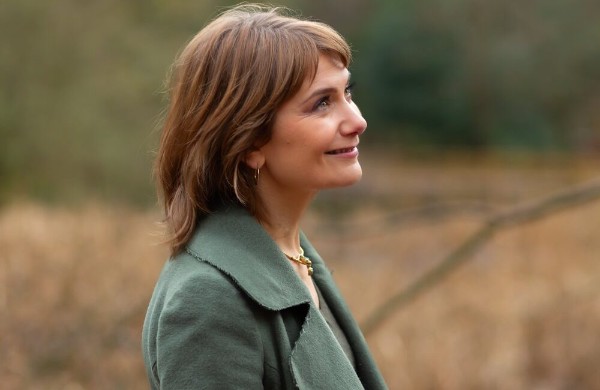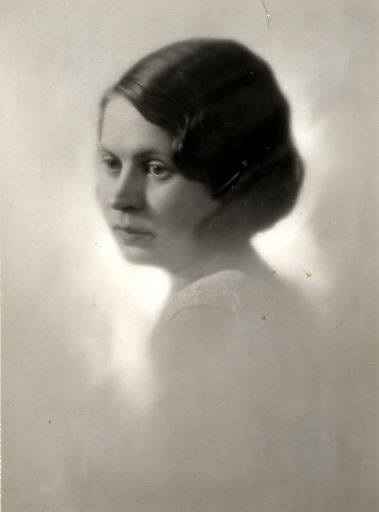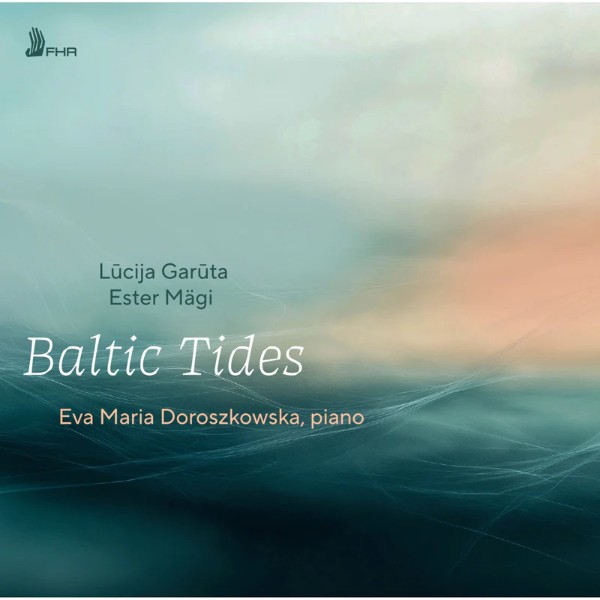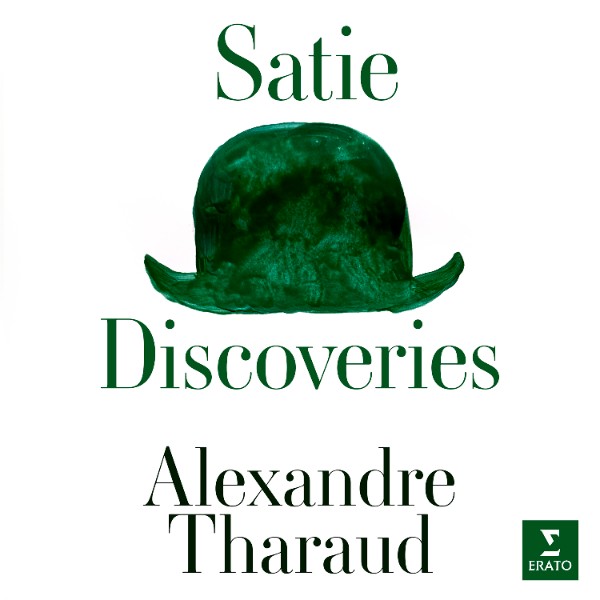This new release from pianist Eva Maria Doroszkowska showcases the piano music of two of the most important women composers of their generation. Hailing from the Baltic region of Europe, Latvian Lūcija Garūta (1902–1977) and Estonian Ester Mägi (1922–2021) wrote music that conjures up soundscapes of changing timbres and tonal hues, conveying the beauty of Baltic culture.

Eva Maria Doroszkowska
Both women were composing at a time of strict frameworks imposed by the then Soviet regime, yet they courageously forged their own paths, creating music which is a testament to their resilience, creativity and national pride, despite the changing tides of time and politics.
Eva Maria Doroszkowska writes, ‘The album was recorded at the Arvo Pärt Centre, surrounded by forests and sea in Laulasmaa (the seaside village known as ’The land that sings’, from which it derives its name), and features many works recorded for the first time. Mariners say the Baltic is the most beautiful of all the seas, enchanting in its transparency with daily changing colours. This is reflected in a soundscape of changing timbres and colours imbued with a myriad of tonal hues. Contrasts abound.’

Lūcija Garūta
In this album, we find virtuosic, atmospheric music which reveals an integral part of Baltic culture: a symbiotic connection with Baltic nature and landscape, the essence of Baltic song, and the mysterious world of Baltic folklore.
Lūcija Garūta: Baltic Tides
The music of Lūcija Garūta is expansive, passionate, and rich in chromatic harmony. There are hints of French textural writing and the soundworld of Scriabin, particularly in the Preludes, with their conciseness of form and subtle colourations, but the music remains fundamentally Latvian in its soulful melancholy and poignancy.
Pieces of note by Garūta on this album include the Etudes for the Sostenuto Pedal. These are sparser in style than the other pieces by Garūta on this album, and demonstrate the composer’s interest in texture and her fascination with technological progress. These Etudes explore sonic possibilities as derived from
innovations in modern piano design by the inclusion of the sostenuto – or middle – pedal. This innovation, perfected and patented by Albert Steinway in 1874, allows the pianist to sustain notes that are already being played when the pedal is depressed, while newly played notes are not sustained. Essentially, it creates a “selective sustain” effect. Garūta is the first and only composer to have written etudes specifically for the sostenuto pedal. In these pieces, a single motif shades veiled inflexions and blends harmonic textures with imaginative use of all three pedals – a test for the pianist’s feet and hands!
Lucija Garūta: Etudes for the Sostenuto Pedal – I. Seru melodija (A Serious Melody) (Eva Maria Doroszkowska, piano)

Ester Mägi © Rene Jakobson
The music by Estonian Ester Mägi is more impressionistic in style, especially the 3 Sea Tableaux, which use recurring motifs and hypnotic looping effects to evoke the power of the sea. Elsewhere, the 10 Piano Pieces make more direct references to Estonian folklore and folk melodies. Although simple in style, they are lyrical, heartfelt and witty, combining subtle polyphony with folk idioms.
Ester Mägi: 3 Kolm merepilti (3 Sea Tableaux) – No. 1 Allegro (Eva Maria Doroszkowska, piano)

Overall, this is a fascinating and often enchanting album of music by two composers who fully appreciated and utilised the range and colours of the piano to create music which roots them in their homeland. Eva Maria Doroszkowska brings this music vibrantly to life with command and sensitivity.
Baltic Tides is released by First Hand Records and is available on CD and streaming.
For more of the best in classical music, sign up for our E-Newsletter

